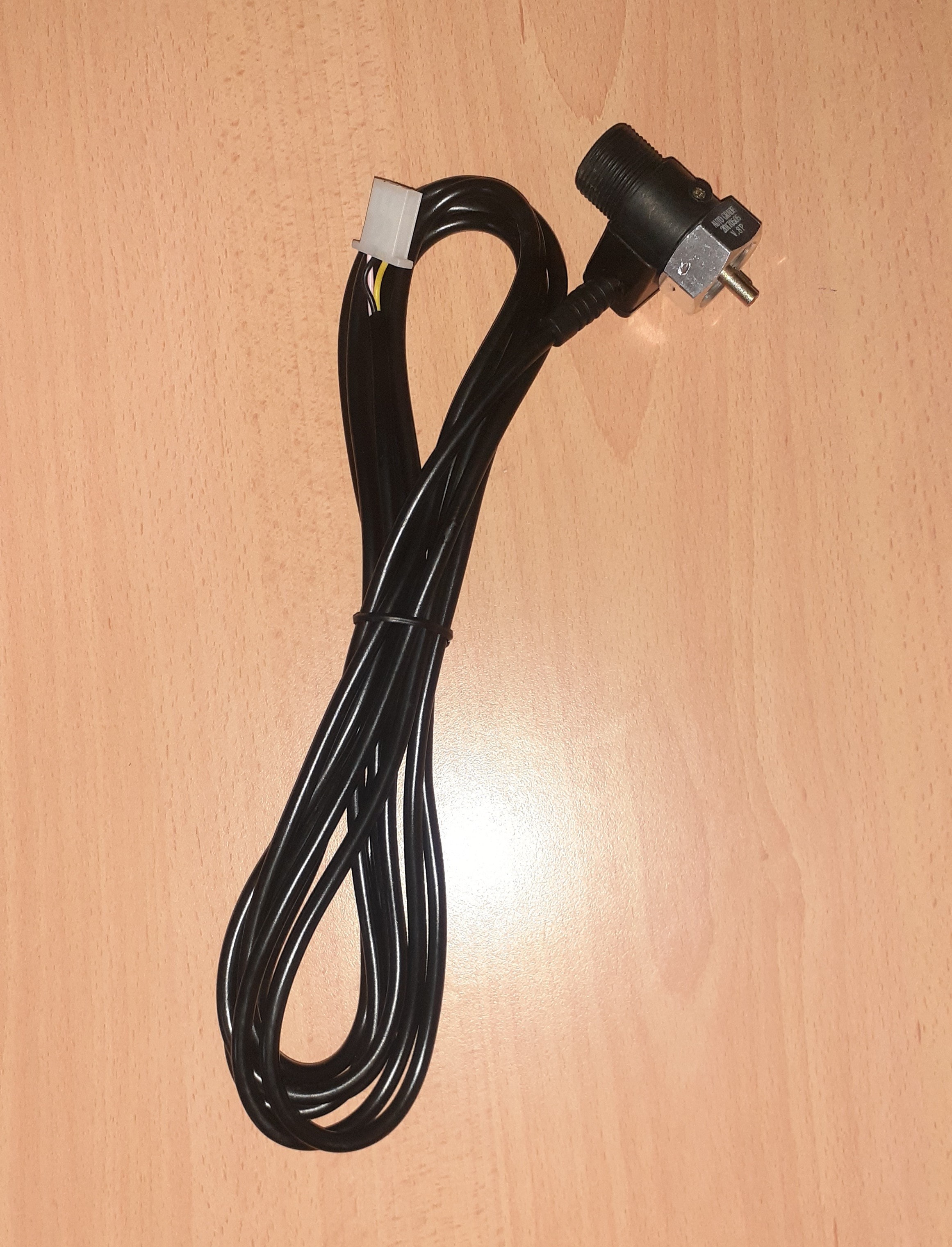A gearbox speed sensor, also known as a transmission speed sensor or vehicle speed sensor (VSS), is an essential component in modern automotive transmissions. It plays a critical role in monitoring the rotational speed of the gearbox's output shaft or the vehicle's wheels.
The sensor is typically located on the transmission housing or near the wheels, depending on the type of transmission and vehicle configuration. In manual transmissions, it may be attached to the output shaft. In automatic transmissions, it could be placed on the transmission case, transfer case, or rear axle differential.
The gearbox speed sensor operates using either magnetic or hall effect principles. In the magnetic type, the sensor consists of a magnetic coil and a magnetic reluctor wheel. As the reluctor wheel rotates, it generates a magnetic field variation that induces an electrical signal in the coil, which is then converted into speed data. In the hall effect type, a hall effect sensor is used to detect changes in magnetic fields generated by rotating components.
The data from the gearbox speed sensor is crucial for the vehicle's electronic control unit (ECU) or transmission control module (TCM) to make real-time decisions related to gear changes, shift points, and torque converter lockup.
The gearbox speed sensor's data is used to calculate the vehicle's speed, which is displayed on the speedometer. Additionally, it contributes to the vehicle's odometer reading, providing the distance traveled information.

They are constructed to withstand harsh operating conditions, including temperature variations, vibration, and exposure to moisture or contaminants.
These sensors continuously monitor speed changes and provide real-time data to the vehicle's electronic control unit (ECU) or transmission control module (TCM).
They are designed for easy installation, with standard connectors and mounting points for quick replacement or maintenance.
They provide precise and accurate measurements of rotational speed, ensuring reliable transmission control and vehicle operation.

Precise Transmission Control: Gearbox speed sensors provide real-time data on the rotational speed of the transmission output shaft, enabling precise control of gear shifting and gear engagement. This ensures smoother and more efficient transmission performance, optimizing engine power and fuel efficiency.

Improved Fuel Economy: By allowing the vehicle's electronic control unit (ECU) or transmission control module (TCM) to make informed decisions based on speed data, gearbox speed sensors help optimize gear ratios and engine performance.

Enhanced Performance: The accurate speed data from the gearbox speed sensor assists in optimizing gear engagement and gear changes, resulting in improved overall vehicle performance, acceleration, and responsiveness.

Odometer and Speedometer Accuracy: The speed data obtained from the gearbox speed sensor is used to calculate the vehicle's speed and distance traveled, ensuring the accuracy of the speedometer and odometer readings.

Reduced Emissions: The optimized transmission control facilitated by gearbox speed sensors can lead to reduced engine stress and more efficient use of fuel. As a result, the vehicle produces fewer emissions, contributing to a cleaner and greener environment.

Seamless Integration with Electronic Systems: Gearbox speed sensors are compatible with electronic control systems used in modern vehicles, making them seamlessly integrate with various safety and performance systems, enhancing overall vehicle control and efficiency.